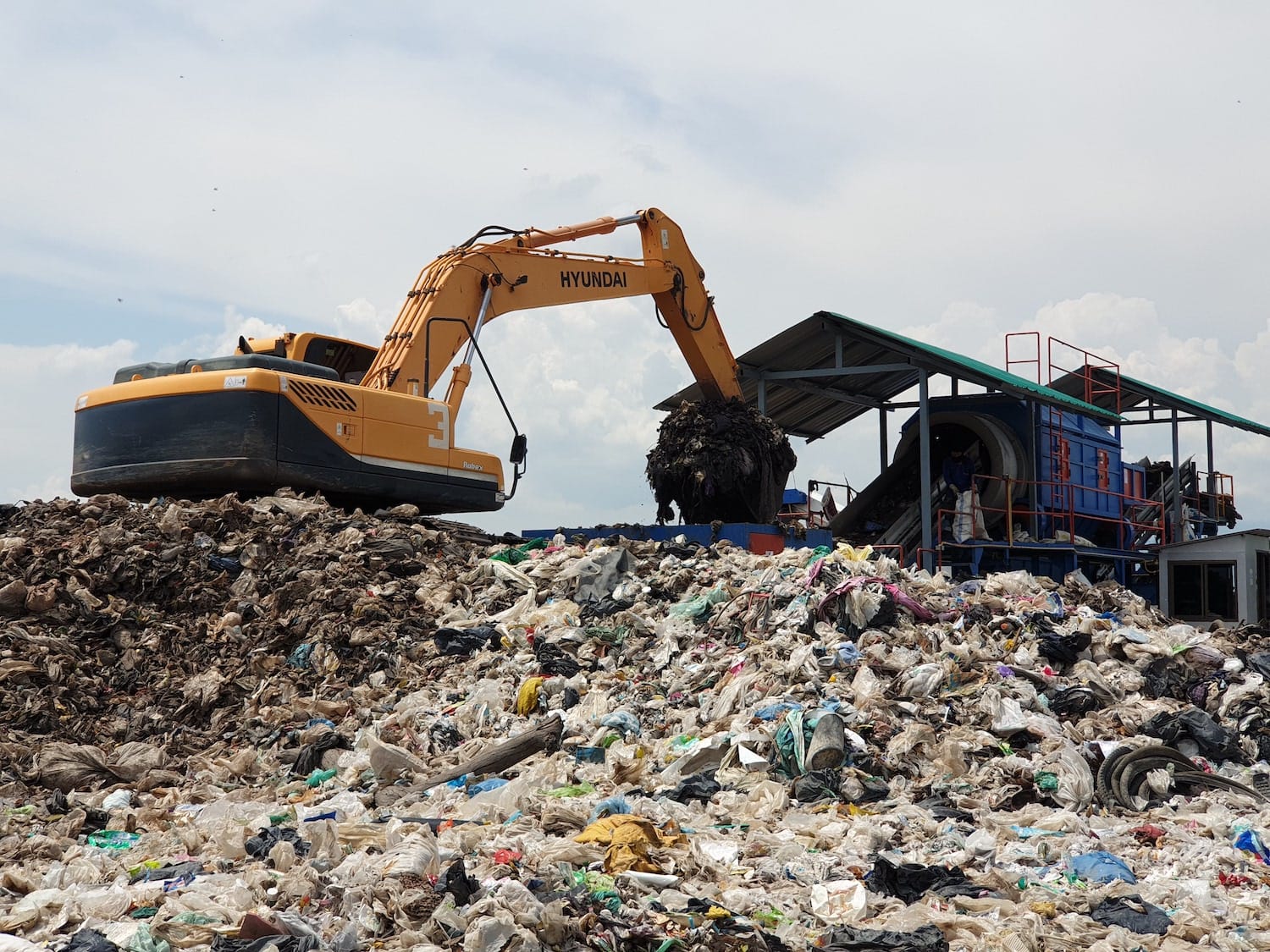Feature Stories

INSEE Ecocycle proves the cement industry can play a major role in reducing marine pollution
We need better ways to keep plastics out of the sea. About 8 million metric tons of it ends up in the ocean every year, adding to the estimated 150 million metric tons that are already there, polluting our food supplies, killing marine animals and wreaking havoc on marine ecosystems.
While some plastic gets dumped directly into the ocean, the vast majority of it comes from land-based sources like poorly managed landfills and dumpsites. This plastic then finds its way into the sea via streams, rivers and waterways.
The Asia-Pacific region alone is responsible for 60% of the world’s improperly discarded waste.
Instead of demonizing plastics, we should focus on policies, lack of infrastructure and changing attitudes and behaviors. Businesses too need to show more leadership in sustainability and make serious efforts to improve recyclability. While efforts to keep plastic out of dumpsites are indeed necessary and laudable, the question of what to do with the plastics that are already there still remains.
INSEE Ecocycle doing its part
Plastic waste can actually be an excellent source of energy in the form of refuse-derived fuel (RDF).
Using alternative fuels and other raw materials in cement kilns is an already established concept in Southeast Asia. Plastic that comes from homogenous sources is fairly easy to turn into fuel. Extracting plastic from dumpsites, however, is another story entirely.
The problem is that the waste found in dumpsites – especially those of Southeast Asia – is mixed up with organic waste, making it difficult and costly (not to mention unpleasant) to remove. Most major industry players have not made it a priority to salvage and use this plastic, but INSEE Ecocycle has.
"Mining plastics from dumpsites is not easy, but for INSEE Ecocycle the environmental gains are worth it"
Since 2017, INSEE Ecocycle has had an ongoing initiative called the MSW-RDF Project to extract plastic waste from dumpsites and use it as RDF in its cement kilns.
Armed with excavators, screens, shredders, wind shifters and other equipment, crewmembers meticulously sort through the waste to find usable scraps of plastic. The scraps are then brought to an INSEE Ecocycle facility and readied to be co-processed in cement kilns. Careful oversight ensures safe and efficient management of the RDF and leads to less fossil fuel being needed for the kilns.
In 2018, INSEE Ecocycle produced 123,817 tons of RDF, which is the equivalent of more than 11 billion plastic bags. This waste could easily have ended up in the ocean, but it ended up in cement kilns instead – a win-win for the industry and for the environment.
Although ridding the world’s oceans of plastic remains a colossal task, the success of this project proves that the cement industry can play a major role in plugging the plastic waste leakage coming from Southeast Asia.
Mining plastics from dumpsites is not easy, but for INSEE Ecocycle the environmental gains are worth it




